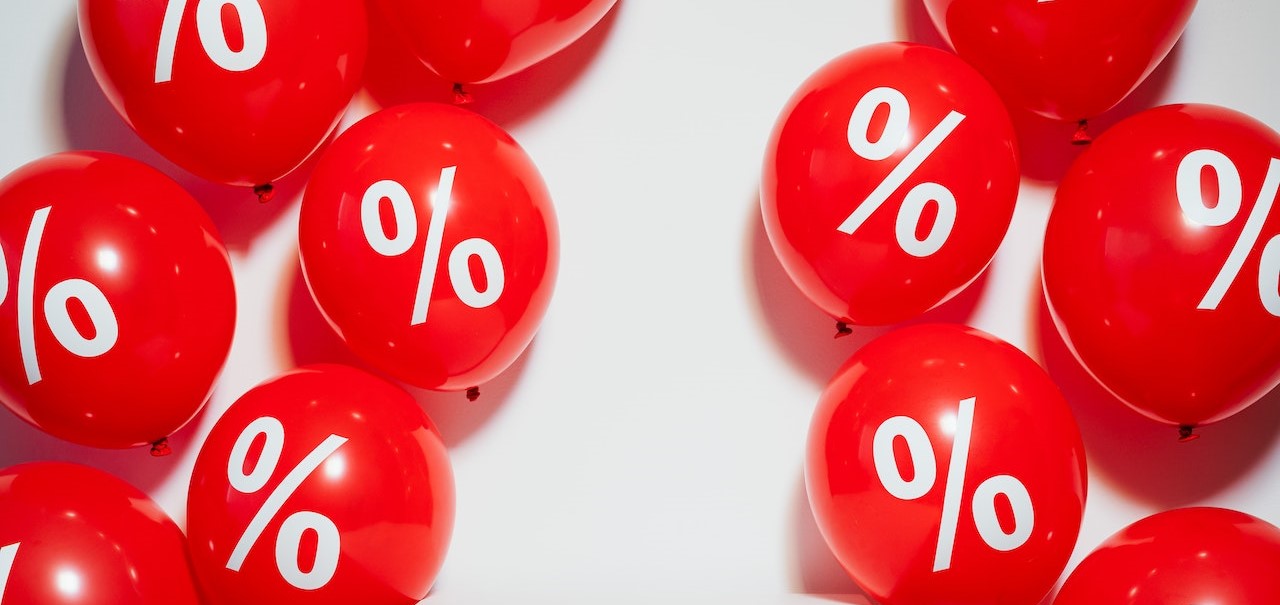If you have done any online shopping recently, the chances are you have come across Buy Now, Pay Later (BNPL) – you might have even used it yourself.
BNPL products are a form of short-term loan offered at the point of purchase, with either little or no fees/interest. Key third-party BNPL providers include Klarna, Laybuy, and Clearpay. Others, including banks and retailers themselves, are also offering BNPL.
In the UK, it’s estimated that 10.1 million people have used Buy Now Pay Later in the past 12 months
There has been a rapid increase globally in the use of BNPL products. In the UK, it’s estimated that 10.1 million people have used BNPL in the past 12 months. While currently BNPL accounts for 5% of the UK e-commerce market, this is expected to double by 2024. Evidence shows that the majority of BNPL users are under 40, but demand is increasing rapidly across all age groups.
As part of the UK Strategy for Financial Wellbeing, the Money and Pension Service (MaPS) commissioned BIT to explore how consumers use and manage their BNPL products and how to better support them. We conducted an evidence review and a survey with over 2500 people in the UK who had used BNPL in the past year. This helped unveil behavioural insights of people using Buy Now, Pay Later schemes.
We wanted to understand the BNPL market in the UK, factors driving usage, the potential impact BNPL was having on consumers, and how they can be better supported. We also ran an analysis using MaPS’ segmentation model which categorises consumers into three segments according to their level of financial resilience: struggling (22.7% of the UK adult population), squeezed (24.9%), and cushioned (48.2%).
How and Why Are Consumers Using Buy Now Pay Later?
Our survey found that third party BNPL providers were used substantially more than services provided by banks and retailers. Klarna was the most popular BNPL provider, used by 67% of our sample. Half of respondents said they would prefer to use third-party providers if they used BNPL again, due to good experiences with them and that they would be the easiest and quickest way to use it.
Awareness, accessibility, and affordability are three key drivers for the increase in BNPL adoption. Our survey also revealed that people tended to use BNPL because it makes purchases more affordable and due to a lack of fees or interest, but interestingly, reasons differed between consumer segments. The cushioned segment were more likely to use BNPL because there were no fees or interest, while the squeezed and struggling segments were more likely to use BNPL for things they couldn’t afford otherwise, or because they were waiting to get paid.
9 in 10 people suggested that their shopping habits had changed since they started using Buy Now Pay Later
The majority of consumers use BNPL for luxury items like electronics and fashion. However, BNPL purchases are diversifying to essential items. Our survey found that 19% consumers had used BNPL for essential items such as groceries and household bills, with this rising to 31% who said that they would use BNPL on essentials in the future. This may be reflective of the current cost of living challenges. There was also a gender difference, with 33% of women saying they would use BNPL for essentials in the future, compared to 28% of men.
What Are The Risks and Benefits Associated With Buy Now Pay Later?
BNPL is changing consumers’ behaviour. Nearly 9 in 10 people suggested that their shopping habits had changed since they started using BNPL: 50% had bought something they would otherwise have to save for; 44% had checked that BNPL was available when shopping; and 38% had spent more than they planned because BNPL was available. This suggests that consumers may be less likely to build up a savings buffer when using BNPL.

We also found that BNPL was having a negative financial impact on some users. 3 in 10 said they had experienced an issue when managing their BNPL spending – such as missing a payment, being charged a late fee, and falling behind on other payments or bills.
Reasons included that their spending was too high (37%), they had to prioritise other repayments (34%) or they didn’t know their payment was due (32%). These issues were most likely to be experienced by the struggling and squeezed segments, compared to the cushioned segment.
Relatedly, more than half had at least one BNPL purchase that they had not yet paid off in full. Of these, 6 in 10 had multiple outstanding payments and over half had a BNPL debt of more than £100. Our evidence review also highlighted that those who struggle to keep up with BNPL repayments are impacted in terms of both their financial and mental wellbeing.
Another potential risk is that consumers may not always understand the BNPL products they have signed up for, and this could lead to missed or late payments. In our survey, 2 in 3 did not know that BNPL isn’t always an agreement between them and the retailer they buy from, and 4 in 10 didn’t know that they may be approved for BNPL even if they could not afford it.
Our sample had an average knowledge score of 61% (based on the percentage of statements about BNPL correctly identified as true or false). This score was higher for those in the cushioned or squeezed segments than the struggling segment.
54% of people have generally enjoyed the positive impacts of Buy Now Pay Later
Despite the risks, our survey found that 54% of people have generally enjoyed the positive impacts of BNPL, with the minority experiencing problems. People said that BNPL made it easier to buy something they enjoy and to manage their spending. This was higher for those in the struggling and squeezed segments than the cushioned segment, suggesting that these segments are more likely to experience both the positive and negative impacts of BNPL.
Good practices for managing BNPL repayments (such as setting reminders) were also more common than negative practices such as using credit to pay for repayments (which were also more likely to be used by struggling and squeezed segments).
How Can We Better Support Consumers Using Buy Now Pay Later?
It’s clear that BNPL is considered a beneficial option by many people However, our findings suggest that there are ways to better support consumers.
In our survey, we showed participants one of four interventions to help consumers manage their credit to see which would be most acceptable:
- Affordability checks: suggesting that BNPL providers perform full credit checks and affordability assessments before lending to consumers.
- Repayment nudges: reminders when payments are due.
- Disclosure nudges: suggesting that BNPL providers provide information on the potential risks of using their services at each stage of the process, explaining that BNPL is a credit product, and removing Express Checkout options.
- Removal of rewards: where using BNPL would no longer come with discounts or offers on products.
We then asked participants questions such as whether they would still use BNPL products, if they thought such an intervention would help them better manage their money, and whether they thought the intervention should be introduced. Of these interventions, the most popular intervention was a repayment nudge. Many providers already send reminders when payments are due, but this finding suggests all providers should systematically send reminders (especially as 32% of those who have faced an issue with repayment did so because they didn’t know a payment was due).
However, relying on BNPL providers to implement these interventions may not be enough. We therefore recommend that regulators consider whether additional regulation or intervention is needed, for example:
- Stronger regulation of third-party providers of BNPL to mitigate the negative impacts of BNPL, particularly on those in more financially vulnerable circumstances
- Using helpful resources to help manage spending, for example, the partnership between Monzo and The Financial Capability Lab is helping people manage their spending.
- Designing regulation specifically to mitigate the compounding effects of credit products on consumers – as 40% have borrowed money to pay off BNPL debts
- Communications campaigns or disclosure notices, particularly to build awareness of late fees and the impact on credit scores.
We suggest that providers and retailers should also consider reviewing their customer journeys to minimise the risk that consumers perceive BNPL as the default way to pay.
With government and industry working together, there are ways to maximise the benefits of Buy Now, Pay Later to consumers and therefore its sustainability as an industry.
For more information please enlist the help of the Behavioural Insights team. You can reach out to them at info@bi.team.





